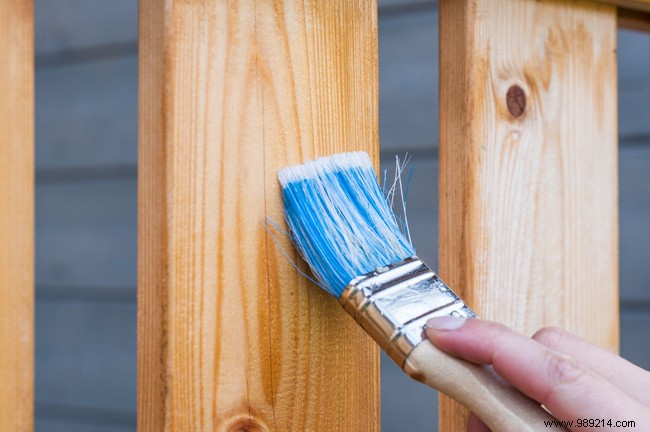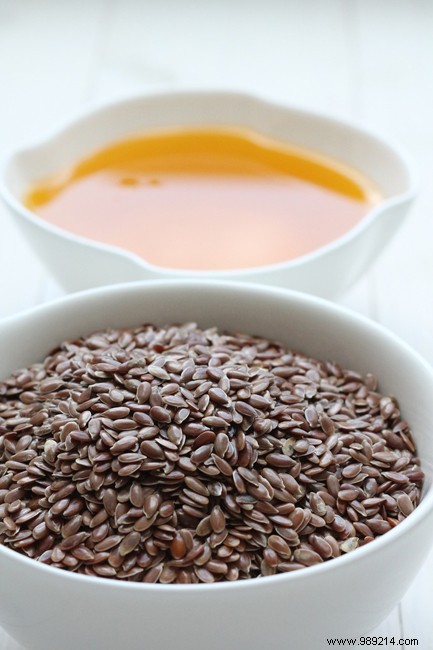
Originally used for its nutritional contribution, flaxseed oil is gradually finding many other applications. It invests the world of decoration and interior work and is used to protect and sublimate wooden structures. This natural and effective solution is now becoming the essential ally of all DIY enthusiasts.
Linseed oil is a product extracted from dried flax seeds. Created during Antiquity, it now enjoys its credentials in the maintenance of exterior wood (garden shed, cladding, wooden structure) and interior (parquet, furniture) and has established itself as the most prized around the world for finishing woodwork. On the shelves, it comes in several types:
Unfortunately, wood has many enemies, including the ultraviolet rays of the sun and humidity. The former cause a kind of burn on the material like the one we suffer on our skin after being exposed to the sun for a long time. This phenomenon leads to the appearance of grayish surfaces and cracks. Admittedly, the structure is not really weakened but the wood becomes visually unsightly. On the other hand, when it is attacked by humidity, the problem can be serious. Indeed, when the water is not evacuated, there is a risk of capillary rise, attack by xylophagous insects or the development of fungi.
In order to avoid this phenomenon, the wood must benefit from a surface protection. Nothing like linseed oil to preserve it from exposure and humidity. Non film-forming, this product provides a beautiful resistant and elastic finish. The satin finish provides a very elegant visual rendering. Economical and ecological, linseed oil is also easy to use, does not have a strong odor and dries between 12 and 24 hours if used with siccatives.

Of course, to obtain an optimal result, it is still necessary to use linseed oil. Before moving on to the application itself, start by cleaning the wood with Saint Marc detergent or Marseille soap then rinse. Proceed to sanding with an electric sander then dust.
The time has come to prepare the flaxseed oil. Mix one part oil with one part solvent such as turpentine. Before you start, first test on a small surface to see if the color obtained suits you.
Once this is done, equip yourself with a mask, glasses and gloves and start applying the product with a roller or a spalter depending on the volume to be treated. A drying time between two coats is strongly recommended. Note that for a piece of furniture, two coats may be sufficient. On the other hand, if you plan to work on parquet, it is better to go up to at least four coats.
The ideal is to sand with a 150-180 abrasive and a sanding block between each layer in order to flatten the surface. As you know, oil has difficulty penetrating wood well. Thanks to sanding, it will be able to easily reach the material for an optimal rendering and maximum resistance.
Thanks to linseed oil, your wooded surfaces benefit from a water-repellent and protective film that fights against graying wood.